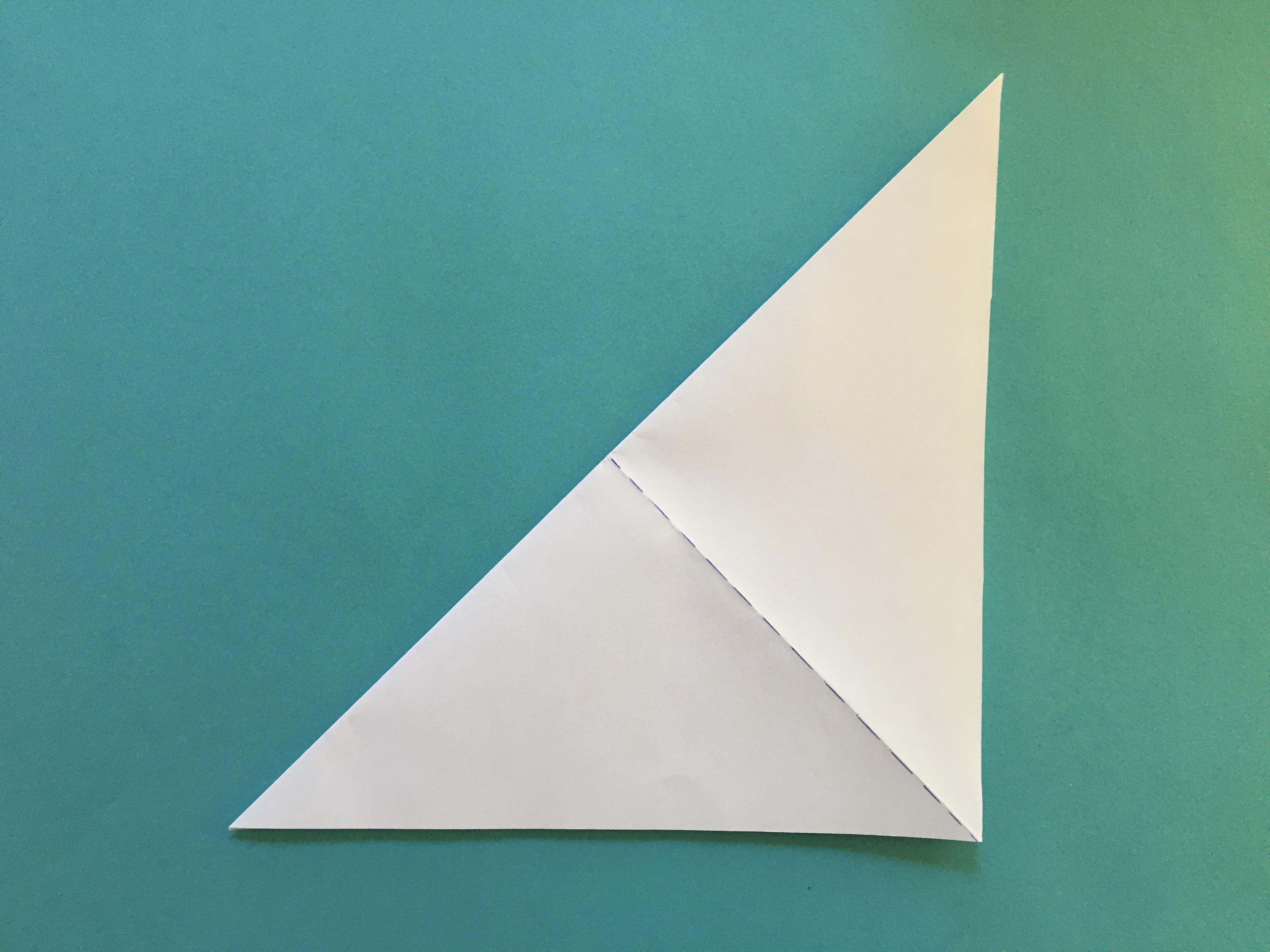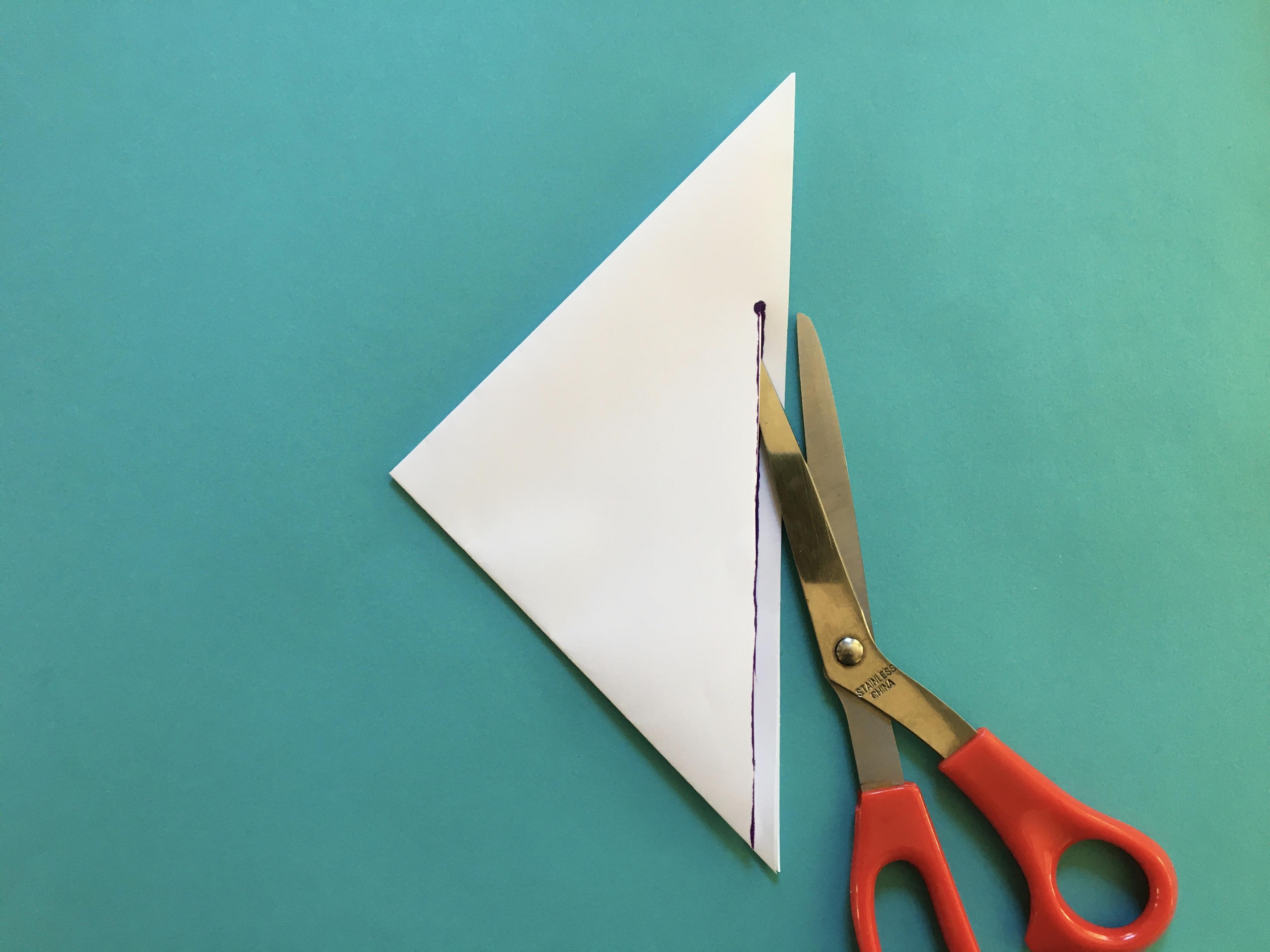Paper Parachute

Paper Parachutes are an engaging way to investigate flight and the physics of air, and they make a good design challenge.
The instructions below produce a working paper parachute — but there is a lot of room for improvement! After students make and test the basic design, challenge students to improve upon it.
Unlike many parachute instructions, this design does not require string or knots. While not as efficient as fabric parachutes, these are easy to make and to modify.
This Instructable is part of the Paper Flight workshop: https://www.instructables.com/Paper-Flight-a-Pape...
Supplies
- 1 sheet of paper (Start with 8 1/2” x 11” printer paper, but then experiment with other sizes and types of paper!)
- Scissors
- 3-5 Paper Clips
Square Your Paper



Start by making a square sheet from your rectangular sheet of paper: fold the top left corner to the bottom edge and crease. Then cut off the rectangular leftover on the right. (Keep the leftover rectangle, you can a make a straw rocket with it.)
If you are starting with square origami paper you will not need to cut off the excess, but still fold the paper as shown.
Fold in Half


Fold the paper in half — folding the bottom left corner up to the top corner — and crease.
Cut Along the Long Edge

Starting at the bottom fold, cut along the long edge. Cut close to the edge (1/4 in or less). You want to cut a thin strip, but not so thin it will break. Cut up to 3/4 of the length of the side and stop (do not cut off the whole edge!) It may help to draw a line to guide the cut.
Unfold



Carefully unfold the paper.
Gather the two “strings” together and paper clip together. A chain of about 4 clips makes a good starting payload.
Test, Observe, Improve!





Test your parachute! Observe closely. How can you improve the design?
Let students work on improving the parachute as a design challenge: testing, observing the results, adjusting their design, re-testing, and around again!
Periodically have students share their results, and talk about what they observed, and the theories behind their evolving designs.
Have students discuss how they think a parachute works. This can be a great way to explore the idea that air has substance — it is matter, not nothing. This is a fundamental concept in understanding the physics of air, and one that is often misunderstood, leading to trouble when students try to explain other phenomena involving air and gasses.
Resources
Physics of Parachutes:
https://www.exploratorium.edu/snacks/parachute-plu...
https://www.physicsclassroom.com/mmedia/newtlaws/e...
This work is made possible by support from STAR, a Biogen Foundation Initiative. The team at Lesley supporting this initiative includes faculty and staff in the Lesley STEAM Learning Lab, Science in Education, the Center for Mathematics Achievement, and other related Lesley University departments and programs.